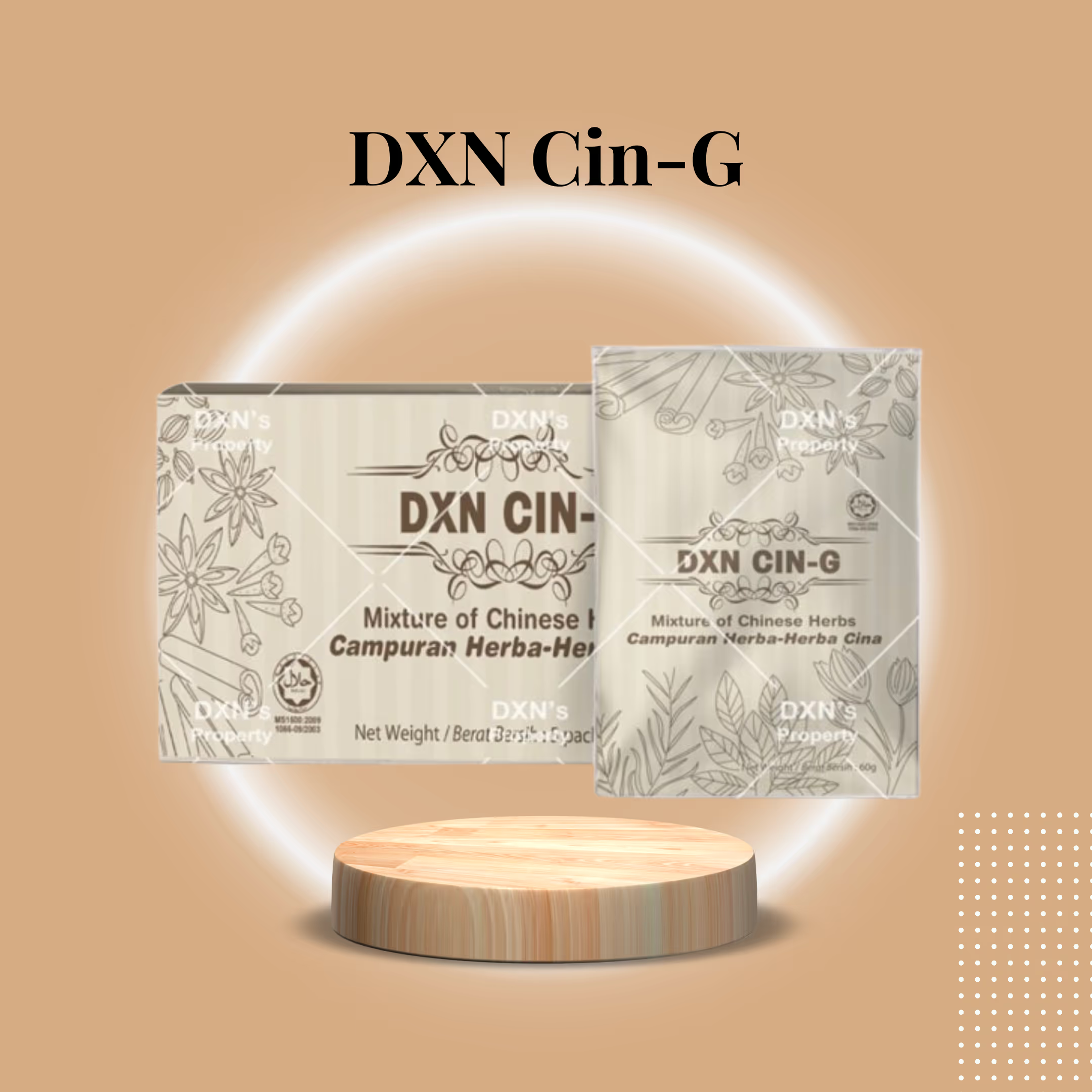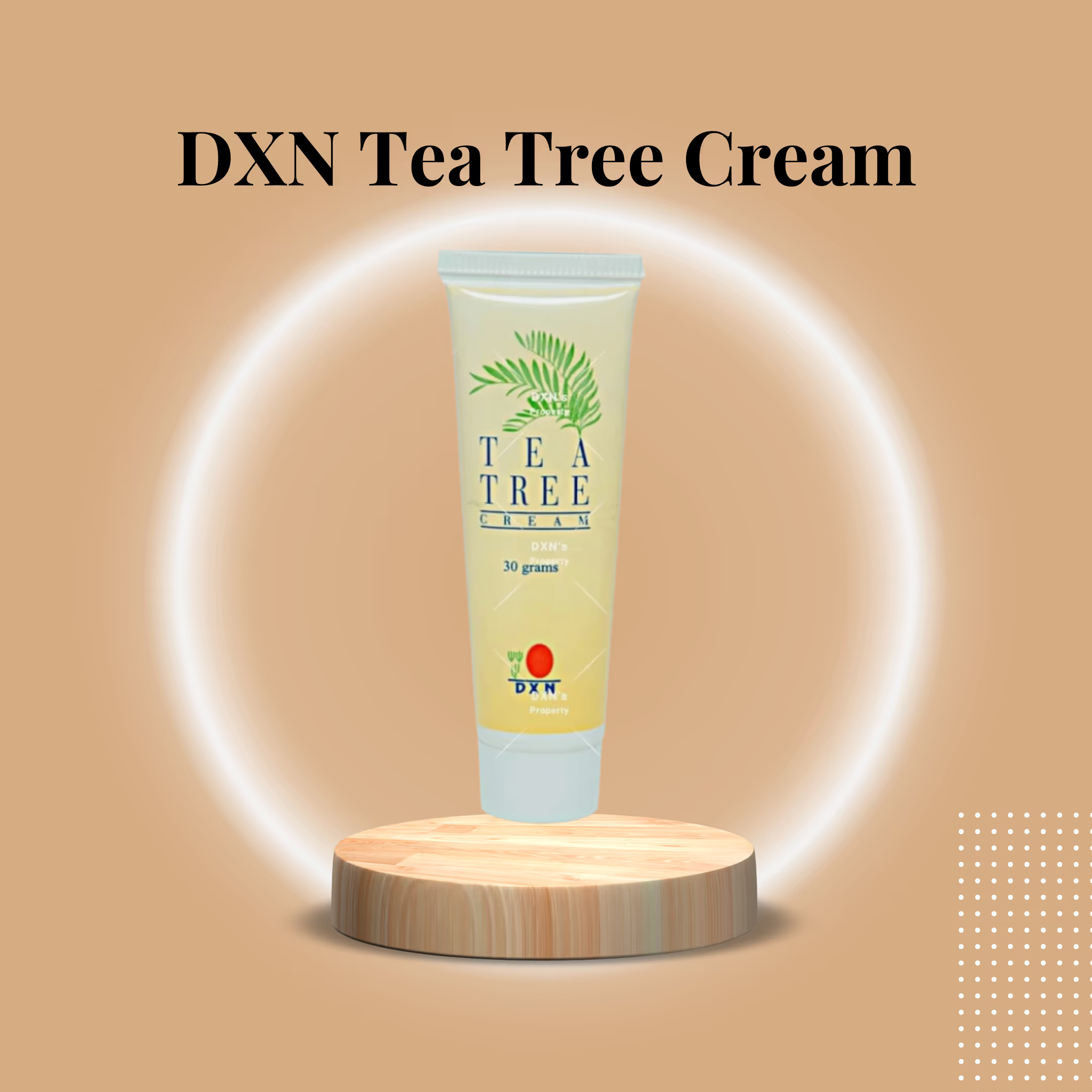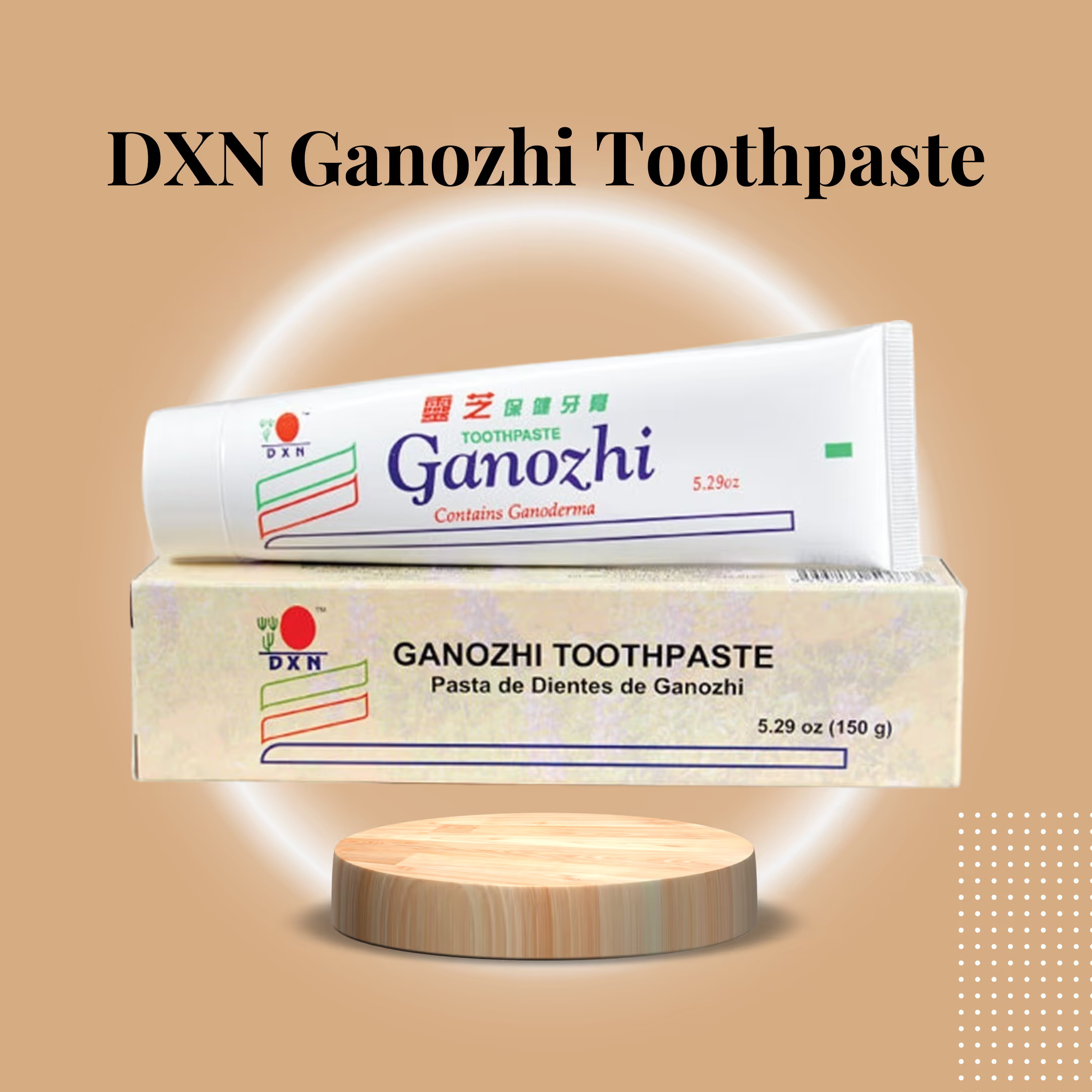1. The problem: Why short-lived stimulants fail us
Many people depend on quick stimulants to push through late mornings, long meetings, and evening coursework. Those products typically do three things:
- Deliver a rapid spike in energy via high caffeine or sugar.
- Produce a strong sympathetic (fight-or-flight) activation that can increase heart rate and anxiety.
- End with an energy “crash” as insulin or neurotransmitter systems rebound, leaving fatigue and impaired focus.
Repeated use also raises tolerance — meaning more is needed to get the same effect — and can degrade sleep, mood, and metabolic health. These negative downstream effects are what the makers of Cin-G refer to as the “stimulant trap.” Rather than repeatedly forcing the body’s systems to overreact, a sustainable model supports the body’s own regulatory systems, allowing energy to flow more smoothly and dependably.
2. The solution: Adaptogenic energy plus metabolic balance
DXN Cin-G takes a two-pronged functional approach:
- Adaptogenic support — using ingredients that help the body resist and adapt to stress, normalizing physiological responses rather than overstimulating them. Ginseng-like compounds are archetypal adaptogens; they help the body maintain homeostasis across multiple systems (nervous, immune, endocrine).
- Metabolic stabilization — using cinnamon-family botanicals (Chinese Cassia) and other herbs that support healthy glucose handling and circulation, which reduces the likelihood of sharp blood sugar peaks and dips.
Combined, these strategies produce a calmer, more resilient energy: alertness that is functional rather than frantic and endurance that supports cognitive and physical tasks throughout the day.
3. What “adaptogen” really means — a practical primer
The term “adaptogen” describes natural substances that increase the body’s ability to adapt to stressors (physical, chemical, biological). Important characteristics:
- Non-specific support: They don’t target one single disease or symptom; instead, they normalize bodily responses.
- Safe at typical doses: Generally low risk of dependence or tolerance when used responsibly.
- Modest and cumulative effects: Benefits often build over repeated use; many people notice subtle improvements in stamina, stress tolerance, and mental clarity rather than immediate euphoria.
Adaptogens work through several physiological pathways, including modulation of the hypothalamic–pituitary–adrenal (HPA) axis, antioxidant actions, neurotransmitter balance, and support for cellular energy systems. Panax ginseng — one of the most extensively studied adaptogenic plants — serves as a model for these actions because its ginsenosides influence cognition, fatigue, and resilience.
4. The ginseng model: why ginsenosides matter
While Cin-G is a composite formula, its adaptogenic framework aligns with what we know about Panax ginseng:
- Cognitive benefits: Trials have shown improvements in short-term memory, reaction time, and tasks requiring sustained attention after ginseng supplementation in healthy adults. These effects are usually modest but meaningful for people under cognitive load.
- Anti-fatigue actions: Ginseng can reduce perceived fatigue and support physical endurance, partly by optimizing energy metabolism and protecting against oxidative stress.
- Stress modulation: Through interaction with the HPA axis and neurotransmitter systems, ginseng helps the body manage physiological responses to stressors, leading to steadier mood and clearer thinking.
Importantly, ginseng’s benefits are most significant when use is consistent over weeks, rather than expecting immediate “buzz”-type responses.
5. The metabolic anchor: Chinese Cassia (cinnamon family) and blood sugar stability
Cinnamomum cassia (Chinese Cassia) serves several functional roles in Cin-G:
- Insulin-sensitivity support: Compounds in cinnamon have demonstrated insulin-mimetic effects in multiple studies, improving glucose uptake by cells and attenuating post-meal blood sugar spikes. This improves sustained energy because the body’s tissues get steady fuel rather than experiencing rapid rises and falls in blood glucose.
- Circulatory and cardiovascular support: Bioactives like cinnamaldehyde are associated with improved circulation, antiplatelet activities, and potential support for healthy blood pressure. Improved circulation helps deliver oxygen and nutrients to tissues, including the brain, supporting cognition and stamina.
- Thermogenic/warming effect: In herbal traditions, Cassia’s warming qualities support digestion and metabolism, which fits the tonic’s aim of balanced, lasting vitality.
Pairing adaptogens with metabolic stabilizers is a strategic approach: it reduces the likelihood that increased alertness will be accompanied by jitter, tachycardia, or a crash.
6. The seven-herb formula — synergy over single-ingredient thinking
Cin-G is formulated from seven complementary botanical ingredients (each with traditional roles and modern rationales). The synergy model in traditional herbal medicine is simple: a well-designed combination often produces a more balanced and tolerable effect than a high dose of a single extract. The seven herbs include:
- Cinnamomum cassia (Chinese Cassia) — metabolic and circulatory support.
- Pueraria lobata (Kudzu root) — traditional tonic and balancing herb used for circulatory and metabolic support.
- Paeonia lactiflora (White peony) — harmonizing, often supporting mild nervous-system calm and blood circulation.
- Spatholobus suberectus — used in traditional formulas for vitality and circulation.
- Glycyrrhiza glabra (Licorice) — flavor harmonizer that moderates formulas and supports adrenal tone; used carefully because of potential interactions at high doses.
- Clematis chinensis — traditional component in tonic decoctions with supportive systemic effects.
- Gentiana macrophylla (Large-leaf gentian) — bitter, balancing element that modulates formula direction and digestive action.
Each herb contributes distinct phytochemicals — saponins, flavonoids, bitter constituents, tannins, terpenes — that interact across metabolic, immune, and neurochemical pathways. This networked activity is designed to foster resilient energy and calm mental clarity, rather than aggressive stimulation.
7. How Cin-G is made to be effective: preparation matters
Cin-G is not a ready-to-drink energy shot — it’s a decoction formula. Traditional decoction (simmering) extracts a broader range of active compounds from woody roots and barks than brief steeping will. Key preparation points:
- Decoction vs. infusion: Roots and barks contain water-soluble and hard-to-extract molecules that require sustained simmering. A 20–60 minute decoction often produces a fuller extraction.
- Temperature and time: Gentle simmering at controlled temperature maximizes the yield of desirable constituents while minimizing degradation. A temperature that is too low yields poor extraction; conversely, a temperature that is too high can denature some sensitive molecules.
- Tools help: A device like DXN’s Smart Pot (or a precise slow-simmering pot) helps standardize time and temperature, ensuring consistent quality across batches.
Proper preparation increases bio-availability (the portion of compounds the body can absorb and use), making the tonic more reliably effective.
8. Recommended preparation — simple, reliable steps
Use the following as a practical, general guideline (always follow the product label if it differs):
- Measure: Use one packet of Cin-G herbal mix per recommended serving.
- Rinse (optional): Briefly rinse the herbs to remove any dust from the packaging.
- Simmer: Place herbs in the pot with the recommended volume of water. Bring to a boil, then reduce to a simmer. Simmer for the recommended time (often 20–45 minutes depending on desired strength).
- Strain: Remove solids and serve the decoction warm.
- Store: Refrigerate unused decoction and consume within 48 hours for freshness.
This approach yields a nourishing herbal broth you can sip as a mid-morning tonic, pre-work ritual, or afternoon pick-me-up without the volatility of caffeine-sugar drinks.
9. Who benefits most from Cin-G?
Cin-G is well-suited to people who want sustainable performance without harsh stimulants:
- Busy professionals and students who need long hours of focused cognition and steady attention.
- People seeking metabolic balance, especially those mindful of blood sugar variability or who desire more stable energy between meals.
- Health-conscious consumers are looking to replace sugary energy drinks with a ritual-based tonic.
- Individuals adopting an adaptogen-based routine for stress resilience and daily vitality.
It’s less appropriate as an acute sports performance enhancer or a replacement for medical therapy in chronic disease.
10. Safety, contraindications, and interactions
Herbal tonics are powerful and should be used thoughtfully:
- Medications: Licorice (Glycyrrhiza) can interact with blood pressure medications, diuretics, and certain endocrine drugs; people on medication should consult a clinician.
- Pregnancy & breastfeeding: Pregnant and lactating individuals should consult their healthcare provider before routine use of any concentrated herbal tonic.
- Autoimmune conditions / immunomodulatory therapy: Because adaptogens can modulate immune responses, check with a clinician if you are on immunosuppressive therapy.
- Allergies: Avoid if you have known allergies to any of the included botanicals.
- Blood sugar medications: If you take insulin or other hypoglycemic drugs, the cinnamon components’ glucose-lowering potential could require dose adjustments — consult your provider.
Generally, Cin-G’s safety profile is favorable when used as directed and when users are aware of potential interactions.
11. Integrating Cin-G into a daily routine (practical tips)
- Timing: Morning decoction for wakeful clarity; early afternoon for preventing a slump. Avoid very late-day use if you are sensitive to mild stimulatory effects.
- Pair with food: Consuming Cin-G with a balanced meal helps mitigate any minor gastrointestinal irritation and promotes gentle absorption.
- Cycle usage: Many adaptogen users cycle on and off (e.g., 6 weeks on, 2 weeks off) to assess baseline changes and avoid habituation.
- Complementary products: Pair with other DXN offerings, such as Ganoderma-containing products for immune support or Cordyceps-based items for athletic recovery. However, consult a healthcare professional for a tailored plan.
12. The ritual advantage: why decoction matters beyond chemistry
Preparing an herbal decoction is not just about extraction efficiency — it’s a ritual that signals intention. The act of slow-simmering, sipping mindfully, and taking a pause can itself reduce stress and enhance cognitive focus. This behavioral component complements the tonic’s biochemical effects, helping users build a sustainable habit that supports overall well-being.
13. Realistic expectations: what Cin-G will and won’t do
Cin-G can reasonably deliver:
- A steadier sense of energy and alertness with continued use.
- Support for glucose regulation and circulation that reduces post-meal crashes.
- Incremental improvements in stress resilience and digestive comfort for many users.
Cin-G will not:
- Provide an immediate, coffee-like jolt for acute sleep deprivation.
- Substitute for medical treatment of chronic illnesses.
- Work identically for every person — herbs act within complex individual physiology.
14. Practical recipe ideas and service suggestions
- Simple tonic: One packet simmered, strained, served warm. Sip slowly over 10–20 minutes.
- Meal enhancer: Use a small amount of decoction as a base for soups or broths to complement meals.
- Cold brew option: Prepare a decoction, cool, and serve lightly chilled as a summer tonic (best consumed within 48 hours).
15. Sourcing, quality, and purity
Look for transparency: certificates of analysis, third-party testing, clear herb sourcing, and the absence of artificial additives. DXN emphasizes purity — the formula is produced and packaged to avoid fillers and contaminants, aligning with the company’s broader product philosophy.
.avif)





